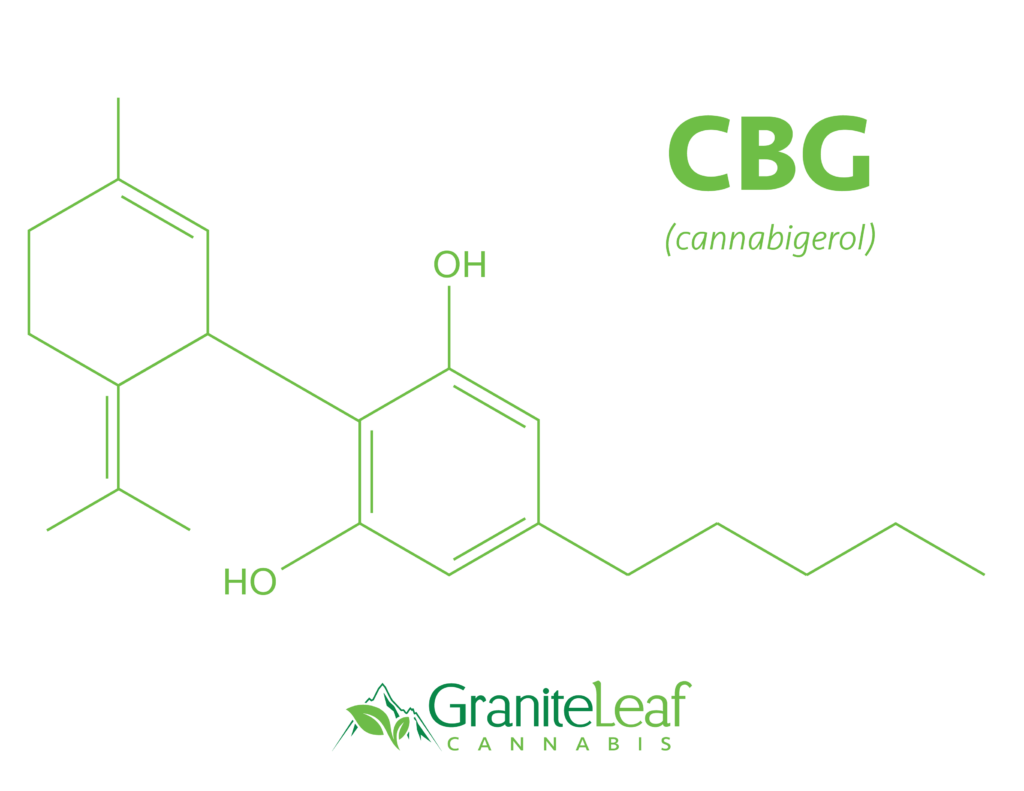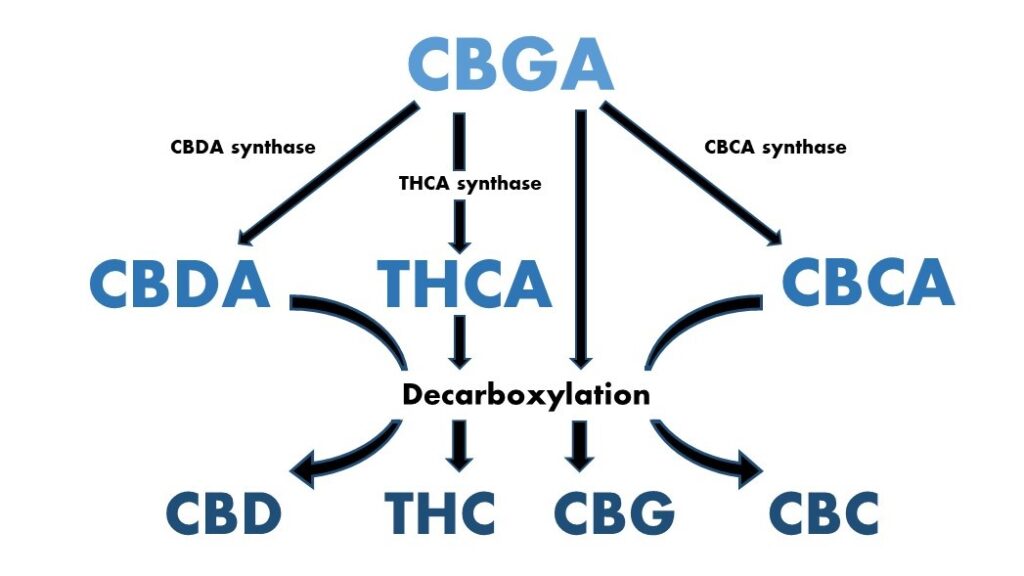CBG: WHAT IT IS, WHAT ARE THE BENEFITS, AND WHERE IT'S FOUND.

What is CBG?
CBG (Cannabigerol) is one of the non-psychoactive cannabinoids produced by the cannabis plant that is gaining popularity because of its potential therapeutic benefits. Patients have reported that it can help with anxiety, depression, pain, insomnia, and other conditions. This cannabinoid is often referred to as the “Mother of Cannabinoids” because CBD, D9 THC and CBC are derived from CBGA, the acid form of CBG. As the plant develops, CBGA converts into CBDA, THCA, or CBCA with the help of enzymes. When CBGA, CBDA, THCA and CBCA are heated, they decarboxylate and turn into CBG, CBD, THC, and CBC.
Most cannabis cultivars (a.k.a “strains”) on the market today have small amounts of CBG. By the time the plant is harvested, most of the CBGA has converted into THCA or CBDA. Some cultivars have more CBG than others, and the timing of harvest can affect the amount of it in a cultivar. There are now a few CBG dominant cultivars that are being grown that also contain either THC or CBD. Unfortunately, research on the therapeutic benefits of CBG is limited. However, the studies that have been conducted show that this cannabinoid may help with various health conditions and symptoms.

Potential Therapeutic Benefits of CBG
Where is CBG found?
This cannabinoid is found in small amounts in most cannabis cultivars with around 1% CBGA and CBG combined. CBG is found in small amounts in our flower, vape cartridges, concentrates, edibles, and tinctures. Some cannabis cultivars have CBG as the dominant cannabinoid, like White CBG.
Disclaimer: This is an educational document and is not intended to be taken as medical advice. Please consult your medical provider if you have questions related to your healthcare.
Updated July 15, 2024
